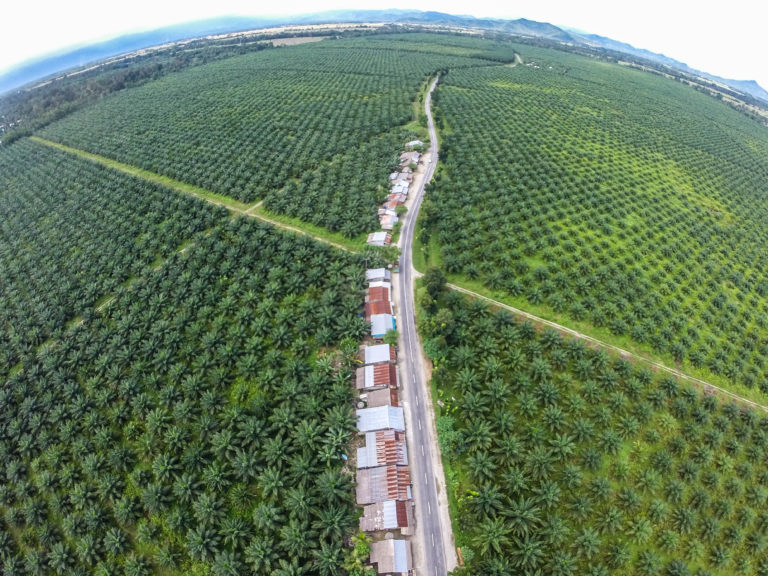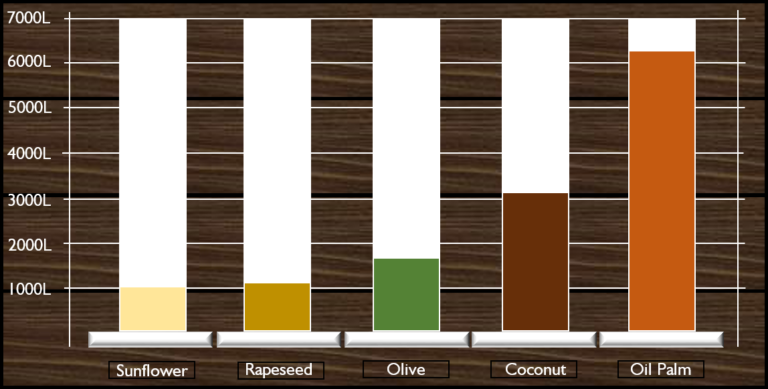Home / Nature & Environment / Agriculture / Grand Challenges: Food for Thought / The Palm oil paradox

Reach your personal and professional goals
Unlock access to hundreds of expert online courses and degrees from top universities and educators to gain accredited qualifications and professional CV-building certificates.
Join over 18 million learners to launch, switch or build upon your career, all at your own pace, across a wide range of topic areas.

 Figure 3.2.1. Aerial photo of a palm oil plantation in Indonesia. Photo by adiartana.
Figure 3.2.1. Aerial photo of a palm oil plantation in Indonesia. Photo by adiartana.
 Figure 3.2.3. Extent of deforestation in Borneo 1900–2005, and projections towards 2020. The loss of rainforest in Borneo between 1950 and recent times is largely attributed to the expansion of oil palm monocultures. [2][3][4].
Figure 3.2.3. Extent of deforestation in Borneo 1900–2005, and projections towards 2020. The loss of rainforest in Borneo between 1950 and recent times is largely attributed to the expansion of oil palm monocultures. [2][3][4]. Figure 3.2.4. Yields of vegetable oil (in litres) per hectare of crop.
Figure 3.2.4. Yields of vegetable oil (in litres) per hectare of crop.



